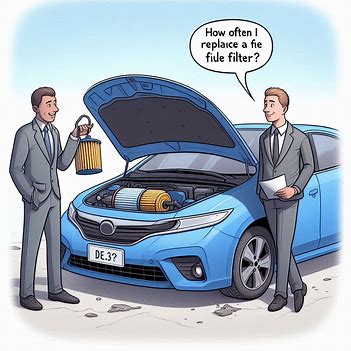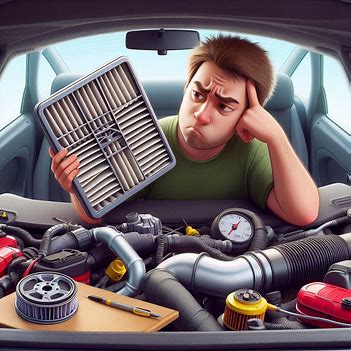Here’s a detailed blog post for the topic “Understanding the Pricing of Auto Parts in India: What Affects the Cost?”
Understanding the Pricing of Auto Parts in India: What Affects the Cost?
The pricing of auto parts in India can often seem like a complex puzzle to consumers. Whether you’re a car owner looking to replace a worn-out component or a mechanic sourcing parts for repairs, understanding what influences the cost of auto parts can help you make informed decisions. In this blog, we’ll delve into the various factors that affect the pricing of auto parts in India, offering insights into why prices vary and what you can expect when purchasing parts for your vehicle.
1. Manufacturing Costs: The Foundation of Pricing
At the heart of any product’s price is the cost of manufacturing. For auto parts, this includes the raw materials, labor, machinery, and technology required to produce the part. The type of material used—whether it’s steel, aluminum, rubber, or plastic—significantly impacts the cost. For instance, parts made from high-quality, durable materials are generally more expensive due to the higher cost of raw materials.
2. Brand and Quality: The Role of Reputation
Brand reputation and quality assurance are major factors in determining the price of auto parts. Established brands with a history of reliability often charge a premium for their products. This is because consumers are willing to pay more for parts that are known for their durability and performance. On the other hand, lesser-known or generic brands might offer cheaper alternatives, but these may not always meet the same quality standards.
3. Supply Chain and Logistics: From Manufacturer to Market
The journey of an auto part from the manufacturer to the market involves multiple stages, including transportation, warehousing, and distribution. Each of these stages adds to the overall cost. Parts that are imported from other countries, for instance, often come with higher shipping costs and import duties, which are passed on to the consumer. Additionally, the complexity and efficiency of the supply chain can influence the final price—efficient logistics help in keeping costs lower, while inefficiencies lead to higher prices.
4. Government Regulations and Taxes: The Impact of Policies
Government policies, including taxes, import duties, and regulations, play a significant role in the pricing of auto parts. Goods and Services Tax (GST), for example, is applied to auto parts, and the rate varies depending on the type of part. Additionally, import duties on foreign-made parts can make these more expensive compared to domestically produced components. Changes in government policies, such as a hike in tax rates or new environmental regulations, can also lead to fluctuations in auto part prices.
5. Market Demand and Supply: The Economics of Pricing
Like any other product, the price of auto parts is influenced by the basic economic principle of supply and demand. Parts that are in high demand but have limited supply tend to be priced higher. For example, specialized components for luxury or rare vehicles might be more expensive due to limited availability. Conversely, parts that are mass-produced and readily available are typically more affordable.
6. Technological Advancements: The Cost of Innovation
The automotive industry is constantly evolving, with new technologies being introduced regularly. Auto parts that incorporate advanced technology, such as sensors for autonomous driving or components for electric vehicles, are generally more expensive due to the research, development, and specialized materials involved. As these technologies become more widespread, the prices may gradually decrease, but initially, they tend to be on the higher side.
7. Aftermarket vs. OEM Parts: The Choice Matters
When it comes to replacing auto parts, consumers often face the choice between Original Equipment Manufacturer (OEM) parts and aftermarket parts. OEM parts are made by the vehicle’s original manufacturer and are designed to fit perfectly and function exactly as the original part. However, they come with a higher price tag. Aftermarket parts, on the other hand, are produced by third-party manufacturers and can vary widely in terms of quality and price. While some aftermarket parts offer excellent value, others may not meet the same standards as OEM parts, which can affect their pricing.
8. Exchange Rates and Global Market Trends: The International Influence
India’s auto parts industry is interconnected with the global market, and as such, international factors like exchange rates and global market trends can impact pricing. A weak rupee, for example, makes importing parts more expensive, which in turn raises prices for consumers. Similarly, global supply chain disruptions—such as those caused by geopolitical tensions or pandemics—can lead to shortages and price increases.

Conclusion
Understanding the factors that affect the pricing of auto parts in India can help consumers make more informed decisions when purchasing components for their vehicles. From manufacturing costs and brand reputation to government regulations and market demand, multiple elements come into play in determining the final price.
By being aware of these factors, you can better navigate the market, whether you’re looking for the best value or the highest quality part for your car. The next time you find yourself questioning the price of an auto part, consider the journey it has taken—from raw materials to your vehicle—and the various influences that have shaped its cost.
This blog provides a comprehensive overview of the various factors influencing auto parts pricing in India, helping readers understand why prices can vary and what to consider when purchasing parts for their vehicles.





หนังโป๊ออนไลฟรี
I have been exploring for a little bit for any high-quality articles or weblog posts in this sort of area .
Exploring in Yahoo I ultimately stumbled upon this website.
Studying this information So i am happy to exhibit that I
have a very just right uncanny feeling I found
out just what I needed. I so much surely will make sure to do not omit this site and give it a look regularly.